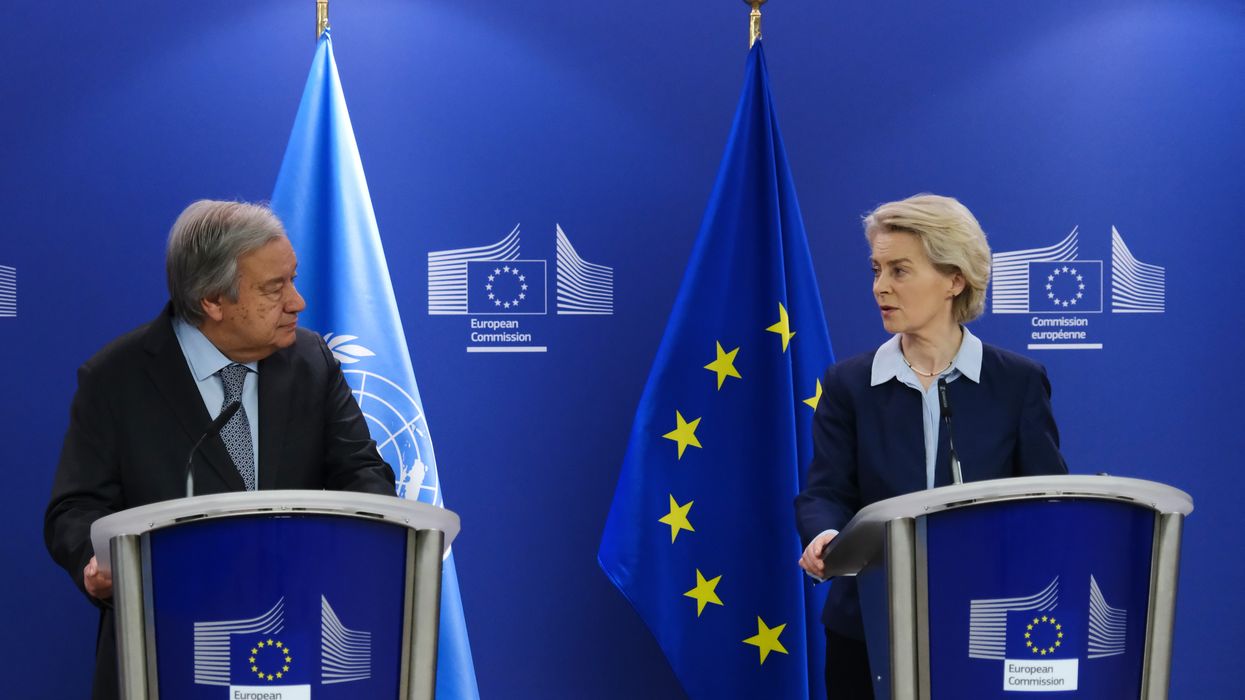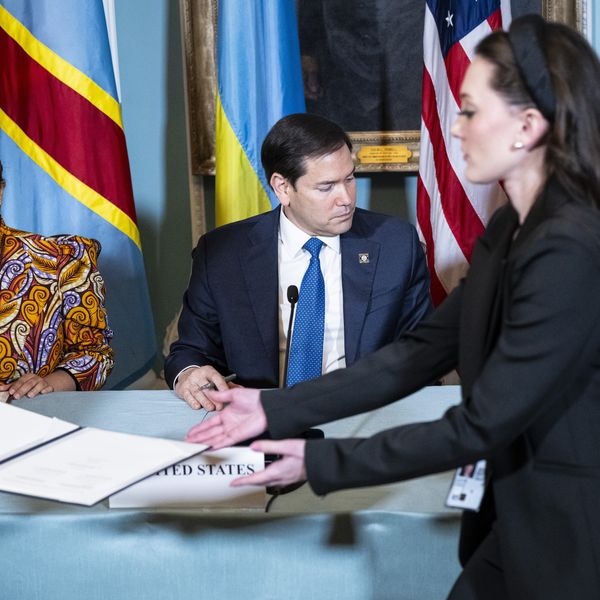It’s nearing mid-December, which for many Americans means wrapping up their work for the year and figuring out when, where, and how they’re going to obtain holiday gifts for their loved ones. Unfortunately for those of us whose job it is to follow Congress, the potential flurry of activity for the month is just getting started.
This week on Capitol Hill features votes on two measures that are unrelated at face value but inextricably tied at the hip in practice: an increase in the federal government’s debt ceiling and a final, “compromise” version of the annual defense policy bill (also known as the National Defense Authorization Act or NDAA) negotiated between the House and the Senate. As of this writing, the House had passed both measures on Tuesday.
Neither Republicans nor Democrats in Congress really think of defense spending as contributing to the nation’s debt and deficits — even though they should. Unlike some so-called “mandatory” spending programs like Social Security, which are supposed to be self-funding through dedicated revenue streams like the payroll tax, there is no dedicated tax to fund our military budget. And even as federal revenues fall hundreds of billions of dollars short of meeting the government’s spending commitments and choices year after year, lawmakers rubber-stamp multi-billion dollar increases in the defense budget without batting an eye.
Would those big budget increases — which often go to military goodies like the failing F-35 program and an extra Navy destroyer — happen if Congress needed to raise taxes every time they increase the military budget, like they did in 1917 with the War Revenue Act? Maybe, and maybe not.
But that question is somewhat moot because Congress has been putting those military budget increases on the taxpayer’s credit card for years now. I have previously written in these pages that, since January 2012, Congress and presidents of both parties have authorized more than $1.3 trillion in military spending than they were supposed to under Budget Control Act automatic spending caps. About $439 billion of that $1.3 trillion was due to Congress raising the spending caps on a bipartisan basis, with political wins for Republicans (in the form of higher military spending) and Democrats (in the form of higher non-military spending) over the years. The other $880 billion was above and beyond the caps, for a so-called Overseas Contingency Operations account that started as a war funding mechanism and turned into a slush fund for irresponsible military budget plus-ups.
That $1.3 trillion in additional military spending over the last decade is partly responsible for the debt ceiling mess Congress finds itself in, brushing up again and again (78 times since 1960) on the deadlines and limits they set for the debt.
This brings us to a big irony in this week’s action on Capitol Hill. For a time, lawmakers were contemplating tying the debt limit and the NDAA together and forcing one vote in either the House, the Senate, or both chambers of Congress. The political calculation? Democrats who may be uneasy about sky-high defense spending might vote for the package because they don’t want the U.S. to default on its debt, and Republicans holding out on the debt ceiling might vote for the package (or at least allow it to move forward without blocking further congressional action) out of support for higher military spending.
Congressional leaders ultimately abandoned that approach, instead tying the debt ceiling increase to another politically sensitive matter: impending automatic cuts to Medicare spending. Both this measure and the NDAA passed the House and are expected to clear the Senate. But the episode should shine a spotlight on an uncomfortable truth too few members of Congress are willing to confront: big military budgets are not automatically paid for, and when not paid for they contribute to the debt.
With 2022 just around the bend, a lot of folks are no doubt thinking about renewal and about New Year’s resolutions. Here’s one for Congress: consider a menu of bold military budget cuts next year. My organization, the National Taxpayers Union, has put out a $338 billion roadmap. Defense Priorities hosted an entire symposium on how to achieve $1 trillion in military spending cuts over the course of 10 years, with work from experts across the ideological spectrum. The nonpartisan Congressional Budget Office has envisioned how the military could adapt to a smaller budget in a number of ways. And CBO also puts out an excellent and semi-regular primer on deficit reduction options in the military (and elsewhere in the federal budget).
The options are out there, but it’s going to take some political will on Capitol Hill. As Congress votes for more defense spending and greenlights more debt for 2022 this week, it’s time lawmakers see the irony in this series of votes and resolve to do something about it.














